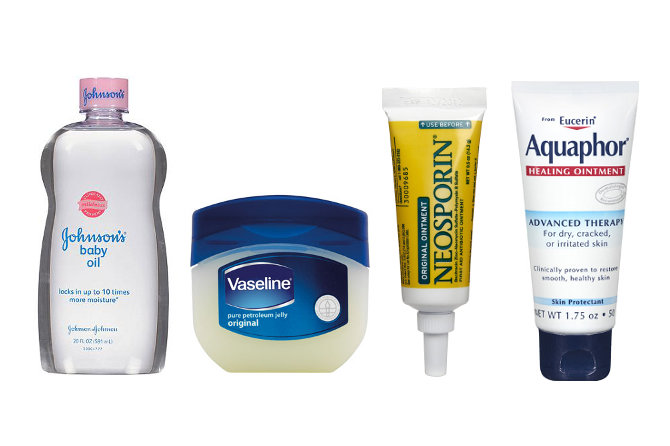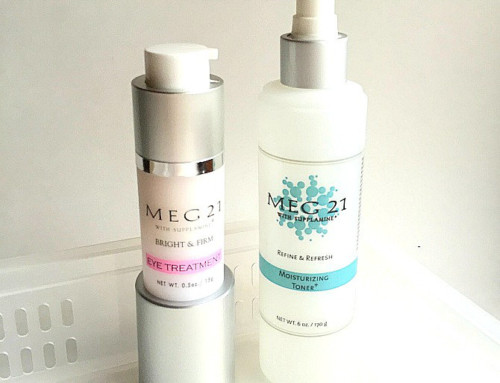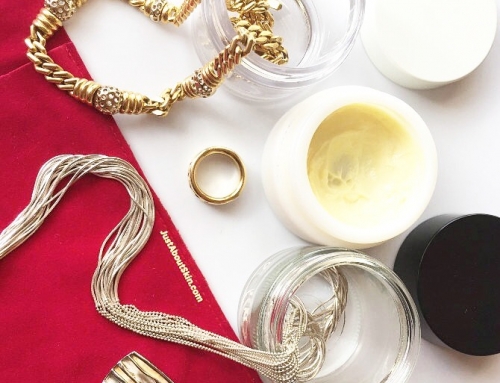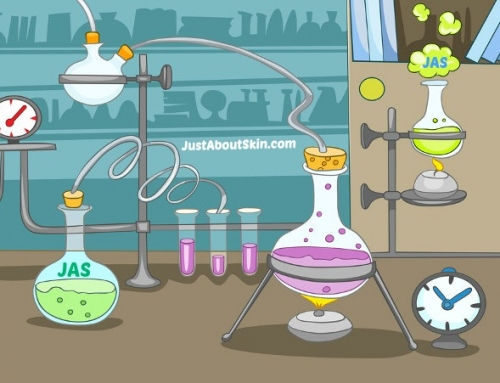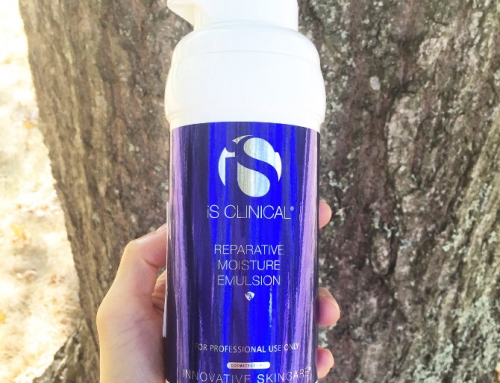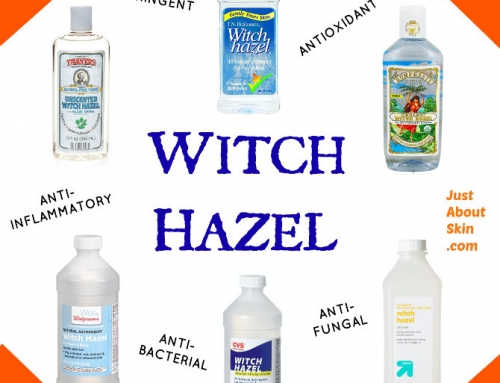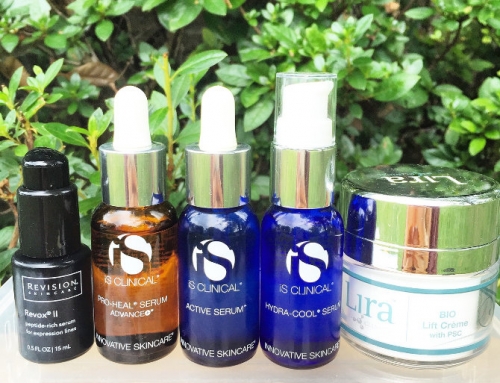Mineral Oil and Petrolatum are misunderstood ingredients with a terrible reputation. Next to Parabens, I would say they’re the next biggest pariahs in skincare. Mineral oil is often considered comedogenic, and petrolatum toxic.
Both ingredients have been used in cosmetics for many years and assessed for safety multiple times in various countries. They are very safe, and no studies have ever shown them to cause long term health problems, such as cancer.
When we’re talking about mineral oil and petrolatum, what matters is the grade of the ingredient, which refers to its purity. And this is what I want to clarify today.
But first, let me explain why they are used in skincare.
The Role of Mineral Oil and Petrolatum in Skincare
Before they became demonized, Mineral Oil and Petrolatum were used extensively as emollients and lubricants in ointments, creams, lipsticks, and lip balms. They still are, but less so these days.
Mineral oil happens to be an excellent solvent – it mixes well with other chemicals.
 It is also unreactive, odorless, colorless, tasteless, and inexpensive.
It is also unreactive, odorless, colorless, tasteless, and inexpensive.- And it does not cause irritation.
- These properties make it an attractive ingredient for a mixture.
The most common example of mineral oil is baby oil. But you can find it in moisturizers, serums, and lip balms.
Petrolatum is an excellent occlusive ingredient – it forms a barrier over skin, which is especially helpful when skin is irritated or wounded.
- This barrier protects the skin from bacteria, irritants, and external insults.
- It also minimizes water loss so the skin doesn’t get dry.
The most common example is petroleum jelly, which is 100% petrolatum. Or an antibacterial ointment for cuts (e.g. Neosporin, Bacitracin).
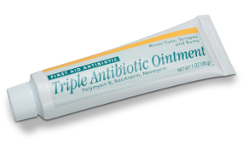 What’s the first thing you do when you get a cut? You clean the open wound with soap and water, and then apply an antibacterial ointment. The stickiness of the ointment (which contains petrolatum) seals the wound from bacteria, and gives the skin time to heal without being aggravated.
What’s the first thing you do when you get a cut? You clean the open wound with soap and water, and then apply an antibacterial ointment. The stickiness of the ointment (which contains petrolatum) seals the wound from bacteria, and gives the skin time to heal without being aggravated.
Mineral oil also performs a similar occlusive function. Do you remember a time when mineral oil was recommended as a body moisturizer? Some people still apply it to damp skin right after a shower. The mineral oil seals in moisture.
Where Do They Come From?
MINERAL OIL and PETROLATUM are hydrocarbons that come from the earth. So they are 100% natural, not synthetic.
Both are derived from petroleum. But they are NOT the same thing as petroleum.
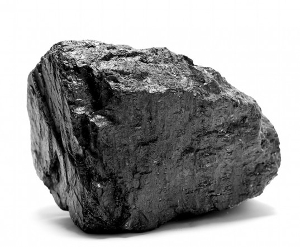 PETROLEUM is a liquid found in sedimentary rocks below the earth’s surface. It is extracted for fossil fuel (crude oil), which eventually becomes the gas that runs our cars or the oil that heats our homes.
PETROLEUM is a liquid found in sedimentary rocks below the earth’s surface. It is extracted for fossil fuel (crude oil), which eventually becomes the gas that runs our cars or the oil that heats our homes.
Mineral oil and petrolatum are formed by the distillation of petroleum. They are the highly refined and purified by-products of this process.
The concerns about toxicity are over the purity of these by-products. If they are not purified enough, they could contain residual contaminants.
Ingredient Grades Matter
What most people don’t realize is that there are different GRADES of ingredients used in the cosmetics, drug, food, and manufacturing industries:
- cosmetic grade
- pharmaceutical grade
- food grade
- industrial grades
- and others.
The grade describes the quality and purity level of the ingredient.
Mineral Oil
I don’t know how many times I have heard people say “Mineral oil clogs pores.” This is not an accurate statement.
COSMETIC GRADE mineral oil is the purest form of mineral oil in beauty without contaminants. This is the kind that is minimally comedogenic. (Comedogenic means the potential to clog pores).
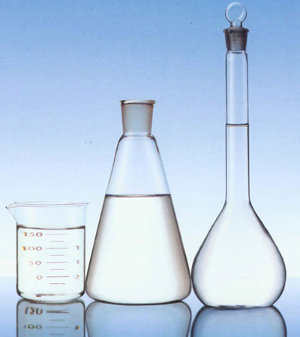 Lower grade mineral oils are not suitable for skin.
Lower grade mineral oils are not suitable for skin.
A low grade mineral oil can clog pores. But a cosmetic grade oil does not (or only minimally).
Responsible beauty manufacturers buy cosmetic grade ingredients from reputable suppliers.
Cosmetic grade mineral oil is more expensive than a lower grade, so this is also reflected in the price of the product.
When trying to determine whether the mineral oil in a product is potentially impure, consider the brand’s reputation. As in all industries, there are always shady brands.
Also consider the manufacturer’s country of origin. Don’t buy products made in corrupt countries or countries with loose business regulations. (I’d rather not name names, but I think we can all think of at least one.)
Petrolatum
Like mineral oil, petrolatum also comes in cosmetic grade. COSMETIC GRADE petrolatum has no contaminants and is non-comedogenic.
If you find yourself breaking out to a product that contains petrolatum (as one of multiple ingredients), don’t blame the petrolatum. Unless you are slathering a thick layer of petroleum jelly over your skin, it’s possible something else is irritating the pores and causing the breakouts. Remember, pure petrolatum is an occlusive that is intended to prevent the entrance of bacteria and outflow of water. In a sufficiently high amount, it will block pores.
 Vaseline Petroleum Jelly makes a point of calling itself “Triple Purified” on the label. You can rest assured that the petrolatum is perfectly safe.
Vaseline Petroleum Jelly makes a point of calling itself “Triple Purified” on the label. You can rest assured that the petrolatum is perfectly safe.
Vaseline is a brand by Unilever, the second largest consumer packaged goods company in the world (in beauty sales). It has an excellent reputation with very strict and well-established safety protocols. So does Johnson & Johnson, which manufactures the classic baby oil you find in drugstores, as well as many OTC drugs.
The companies you need to worry about and evaluate more carefully are small or new brands, which typically outsource both product development and manufacturing to third party contract manufacturers. Not all are scrupulous.
Body Products Are More Comedogenic Than Face Products
Products for the hands and body might contain lower grade ingredients. Therefore, they are more likely to be comedogenic.
Body products are typically more emollient too. This is why applying a hand or body cream to your face is never recommended.
Nowadays, you won’t see Mineral Oil or Petrolatum in too many products. They’ve become untouchable for many consumers. Beauty companies stay away in order to be more marketable. Natural and organic brands even promote their lip products as “un-petroleum.”
This is a shame. Because here is another case of ingredients that serve a useful purpose and are perfectly safe but have been unfairly exiled from the beauty industry.
If you’d like to see a research study that showed mineral oil is NOT comedogenic, here is an excerpt that you can read. (It’s technical.) The full article is only available for purchase.
Is mineral oil comedogenic? Joseph C. DiNardo, Journal of Cosmetic Dermatology, Jan 2005, Vol 4, pages 2–3. DOI: 10.1111/j.1473-2165.2005.00150.x
You can also read more about the benefits of mineral oil here:
A review on the extensive skin benefits of mineral oil, International Journal of Cosmetic Science, Dec 2012, Vol 34, Issue 6, pages 511-518.
Here is an honest, fair, and informative article by Colin, a cosmetic chemist, about what’s true and not true about mineral oil:
Related Articles:
Want articles delivered straight to your inbox? Sign up here.

